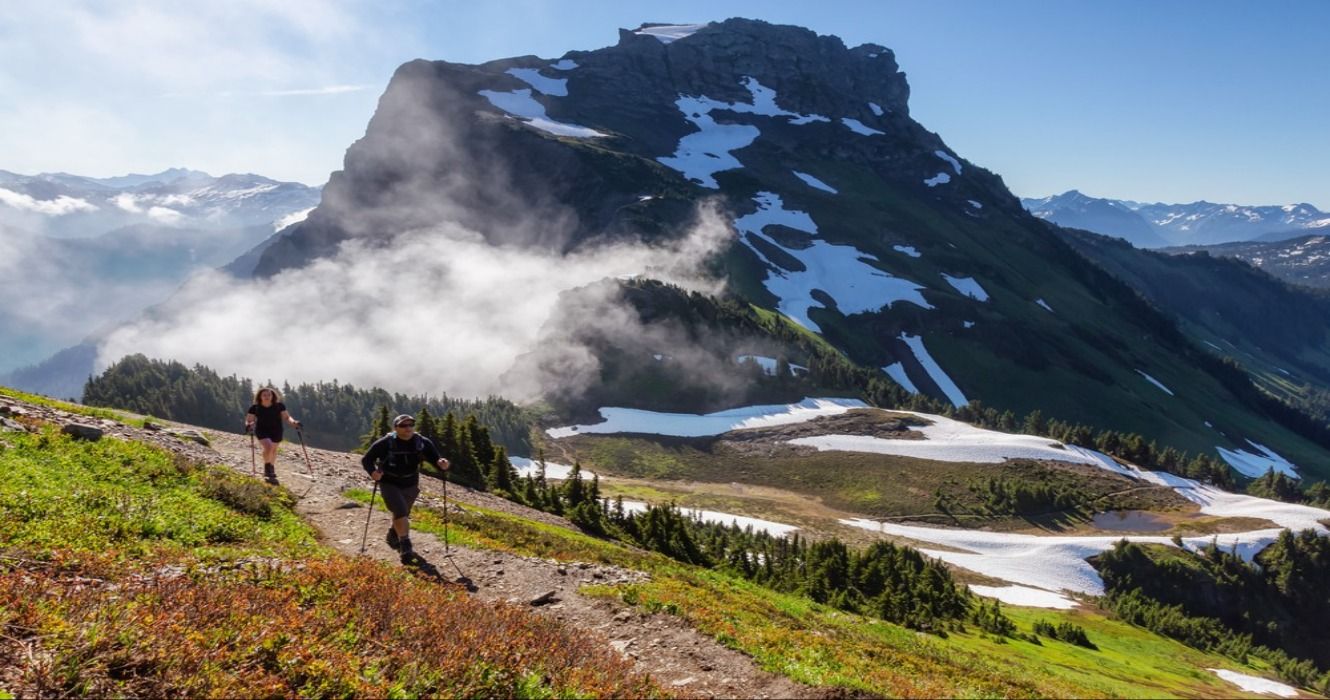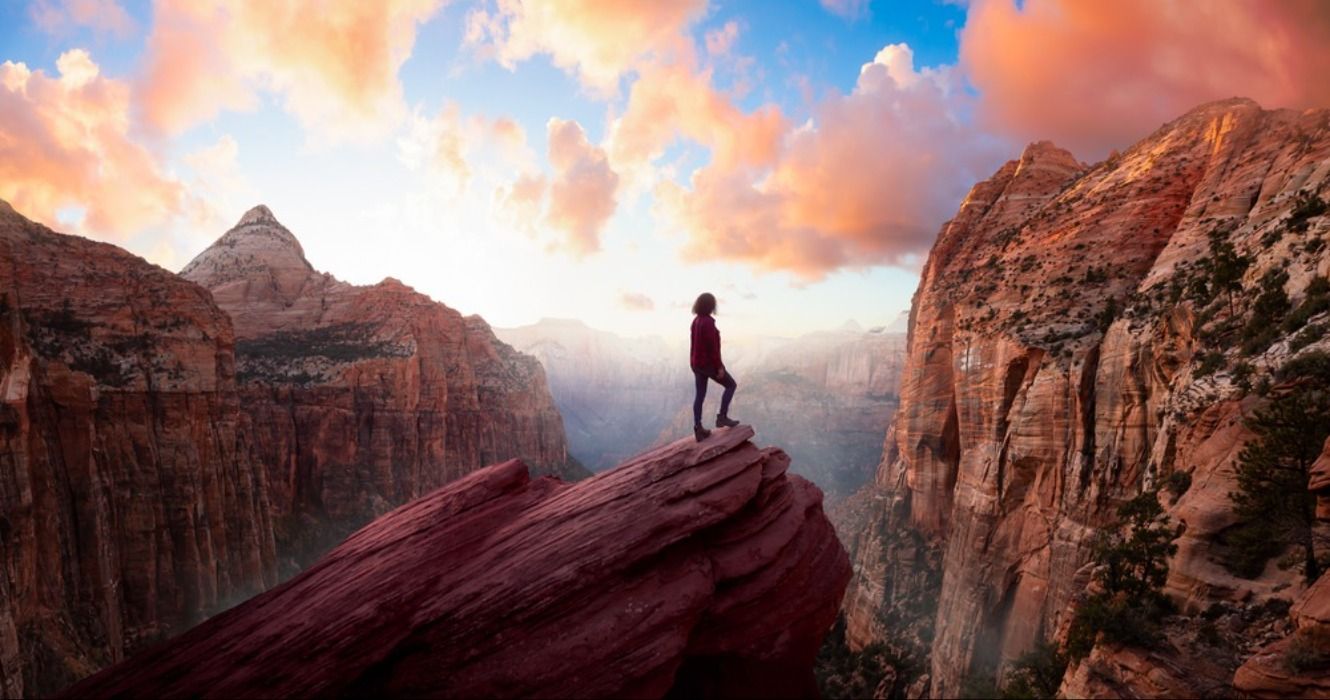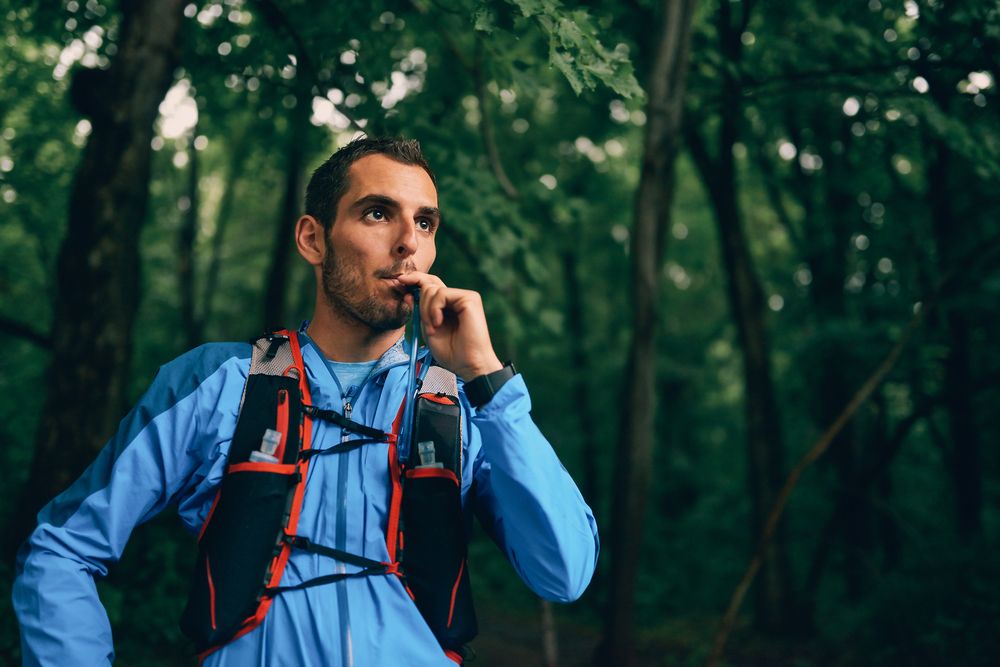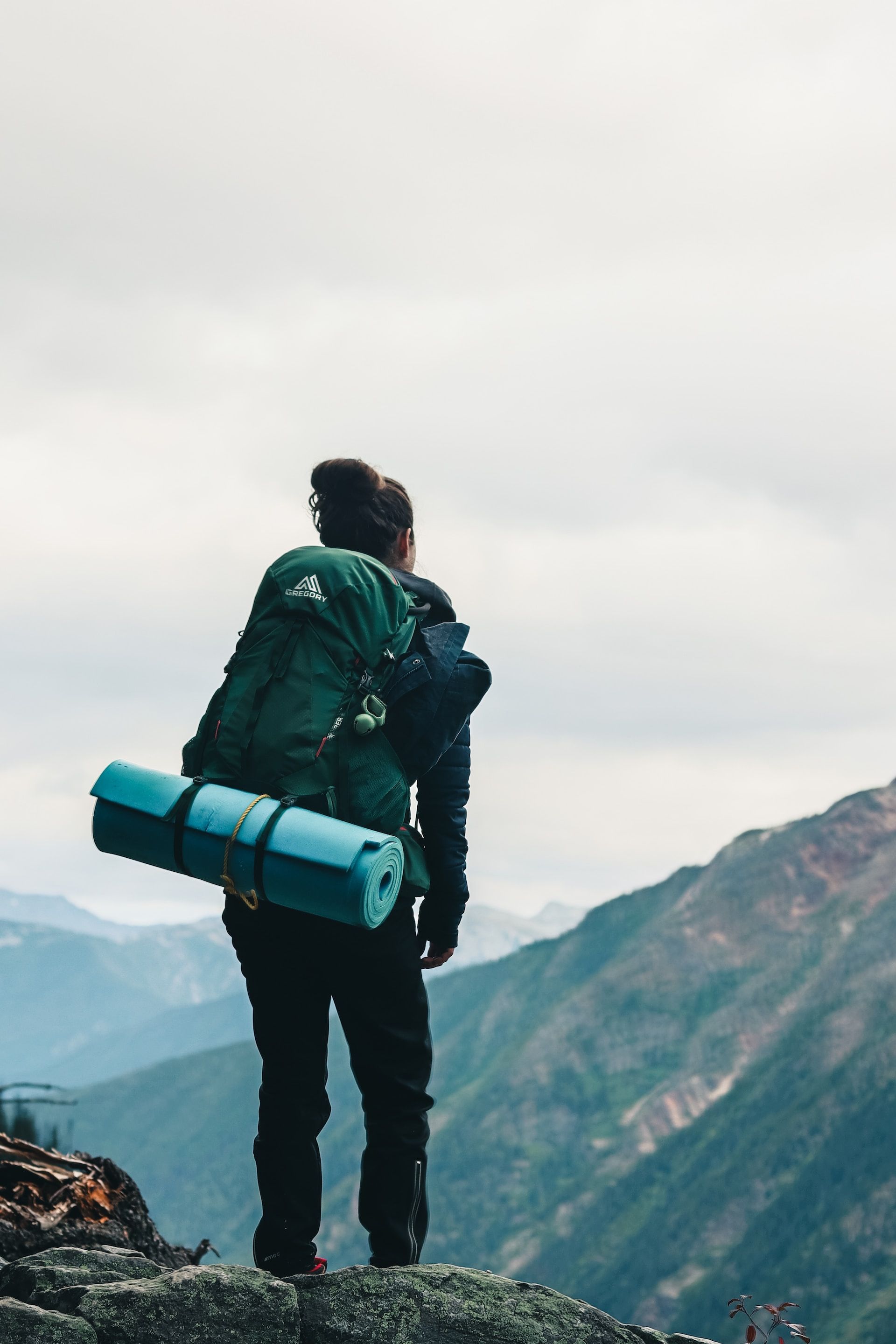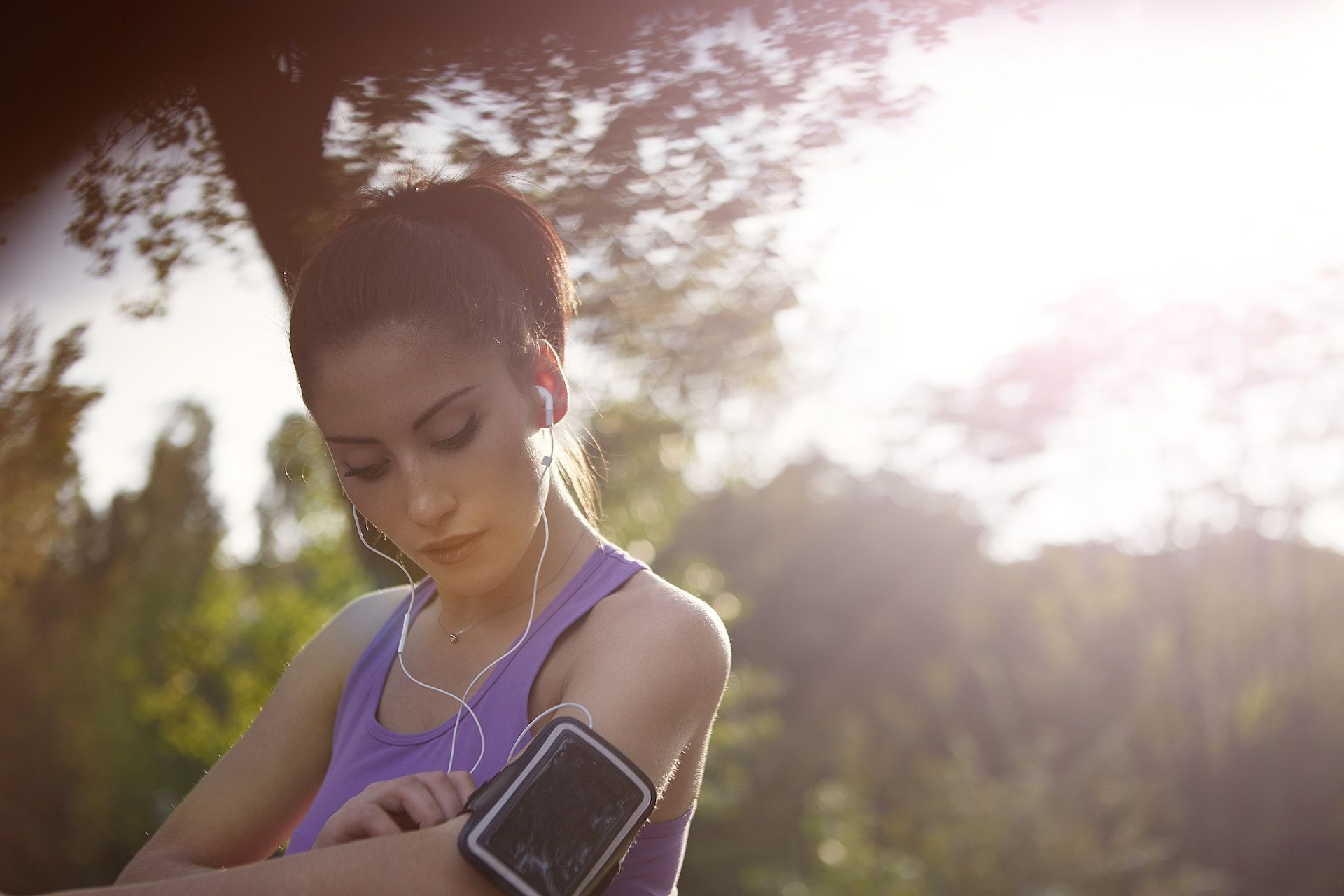Summary
- Cargo pants and shorts with extra pockets are perfect for hikers to carry small items and distribute weight around the body.
- Utility vests with multiple pockets allow hikers to easily access essentials like phones, maps, and snacks without taking off their backpacks.
- Straps and clips provide options for creatively attaching and carrying items, such as attaching a small fanny pack or water bottle holder to increase carrying capacity.
There are various important things to do before any trip, but especially a hiking adventure - one of which is packing and preparation. Hiking is a great way for travelers to get outside and enjoy nature, but carrying all the gear and supplies needed, especially phones, can weigh trekkers down.
With limited pocket space and bag room, packing efficiently for a hike takes some creativity. But with the right carrying methods and gear, travelers can comfortably bring all hiking essentials needed (especially those often forgotten), as well as gadgets, along for the adventure.
Here are some brilliant hiking packing hacks that allow visitors to carry more on the next trek while keeping their hands free and preventing backpack strain. From clever clothing adaptations to compact carriers, these hiking packing tips will help hikers haul everything needed on the trail, including keeping phones handy for photos, GPS, and emergencies.
Get ready to head out on the next hike fully equipped and unencumbered with this smart advice for carrying more while hiking with less hassle.
Hikers who intend on taking photos on their adventure can read up on travel photography essentials to bring on a trip!
10 Wear Cargo Pants And Shorts
Cargo pants and shorts are a hiker's best friend when travelers need to carry more stuff. The extra pockets on the legs are perfect for stashing small items like phones, wallets, keys, snacks, pocket knives, bug spray, and more. Travelers can distribute the weight around the body instead of overloading backpacks or pants. Large cargo pockets can even fit mini first aid kits, headlamps, and light jackets.
Look for cargo pants made of lightweight, quick-dry material with moisture-wicking properties to stay comfortable. Convertible cargo pants allow zipping off the lower legs to transform them into shorts when the weather gets warmer.
Look for lightweight, quick-dry cargo pants that convert into shorts for versatility.
9 Wear A Utility Vest With Pockets
Vests are another great way for hikers to carry extra gear and get easy access to items needed while hiking. Look for a vest (a cargo vest or utility vest) with multiple large and small pockets placed conveniently around the front and back. Use the pockets to distribute phones, compasses, trail maps, cameras, snacks, multi-tool, cash, and other essentials around the upper body.
Having often-used items right on the chest and sides avoids having to take off backpacks each time something is needed. Lightweight vests work well for warmer weather, while insulated vests can provide warmth in colder climates. Some vests even come with built-in hydration bladder storage.
Place essentials like phones, maps, and snacks in utility vest pockets for easy access on the trail.
8 Use Straps And Clips
Straps and clips allow creatively attaching and carrying more items on the body. Install shoulder straps with pockets onto backpack shoulder straps to carry items like phones, compasses, cameras, or walkie-talkies—clip or strap a small fanny pack to increase carrying capacity. A strap bottle holder secured to a backpack strap provides easy water access.
Get an armband holder or phone clip for the phone to keep it conveniently accessible yet secure. Special straps are also designed to hold hiking poles when not using them. Hand-free carrying options for hiking are gained all over the body with the right straps and clips.
Don't overload small shoulder straps, which can dig painfully with excess weight.
7 Have A Chest Pack Or Fanny Pack
Small chest and fanny packs are great for carrying extra items while hiking without taking up backpack space. Look for packs made with lightweight, moisture-wicking material that can strap around the waist or chest. Use them to carry phones, snacks, maps, cameras, first aid kits, headlamps, and other small essentials.
Position the pack on one's front or shift it to the back to avoid bouncing. Choose a crossbow design to prevent neck strain. Consider getting a pack with pockets and compartments to stay organized. Chest and fanny packs are ideal for gear needing quick access on the most remote trails (like those in the US).
Position a pack in front when access is needed, or shift to the back to avoid bounce.
6 Wear A Belt With Pockets Or Gear Loops
Upgrade a regular belt to one designed for hikers and outdoor enthusiasts. Look for a sturdy nylon belt with Velcro loops to attach small pouches and gear. These allow customizing the carrying capacity and options. Or find a hiking belt with built-in zippered pockets to hold trail mix, phone, cash, batteries, camera media, emergency blanket, and other thin items.
A utility belt takes the weight off the shoulders, bringing gear storage to the waist. Just ensure it's snug and won't bounce too much while hiking.
Position frequently needed items like a phone, map, and snacks in the belt's pockets for quick access.
5 Get Creative With External Straps On The Backpack
Make the most of the backpack's exterior by customizing it; attaching straps, carabiners, and bungees enable hikers to haul more stuff outside. Attach larger items like a tent, sleeping pad, or even a lightweight jacket onto the bottom or sides of the pack. Use bungee cords to strap on bulkier items like sweaters, rain gear, or a camp chair.
Carry hiking poles by attaching holsters with straps to the sides or front of the pack. Add accessory straps to hang things off shoulder straps for quick access. To open the interior room, get innovative with tying, clipping, and strapping items on the backpack's exterior.
Secure all strapped items tightly so they don't swing and throw off one's balance.
4 Employ Pack Organizers, Cubes, And Compartments
There's a reason why this next piece of advice is one of the tips for minimalist road trip packing; it works - even for hiking. The right packing tools for hiking can help fit more into backpacks and keep them organized. Pack organizers are designed to categorize packs and use every inch. They come in lightweight nylon with multiple zippered pockets sized for items like clothing, toiletries, food, electronics, and more.
Packing cubes help compress clothes and keep them neat. Use multiple smaller cubes for organizing efficiency. Interior pockets on backpacks also help separate gear. Having a spot for everything streamlines packing systems. Use every organizational feature and tool available to carry the most in hiking backpacks.
Use multiple smaller cubes and pockets to optimize space rather than one large stuff sack.
3 Use A Hydration Backpack Or Water Bottle Holders
Hydration backpacks allow drinking water hands-free through a tube and bladder built into the pack. Or use side pockets or exterior clips on packs to hold water bottles for easy access. Having water readily available without taking off the pack is a hiking essential. Look for a backpack with a 2–3-liter bladder and insulated hose as the main water reservoir. Then, use standard water bottle holders to carry an extra liter or two.
Proper hydration is key for maintaining energy on long hikes. Various water storage options allow hydration to be maintained without compromising space or stopping frequently.
Use insulated hoses and place the bladder next to your back for optimal water temperature.
2 Wear Compression Sacks For Sleeping Bags And Clothes
Get more in packs by compressing soft items like sleeping bags, extra clothes, and jackets. Using compression sacks reduces the volume of sleeping bags by up to 40%. After rolling and stuffing the sleeping bag, cinch the straps or rope on the sack to compact it as much as possible. Use the compression sack clips to attach to the exterior of the packs.
Do the same for clothing by tightly rolling and then compressing them into smaller cubes, vacuum bags, or stuff sacks. The compressed items take up less space, leaving room for more gear. Don't over-compress insulation-filled items like sleeping bags to avoid damaging their warming properties.
Get all the air out for maximum compression, but don't over-compress insulation-filled items.
1 Carry Phones In A Belt Or Armband
Finally, use a belt holster, armband, or clip to keep phones handy without occupying pockets or backpack space. A sturdy phone case that clips onto belts or waistbands keeps phones secure but always within reach. Look for a weatherproof case to protect phones on the trail. Try a phone armband holder strapped around the upper arm for even faster access during hikes.
Armbands allow quickly glancing at phones for maps without taking off packs. Some even have screen sheets or raised edges to shield phone screens from sunlight for better visibility. With the right holder, phones can be carried comfortably and conveniently for hiking.
Look for weatherproof phone cases to protect a phone from trail conditions.

